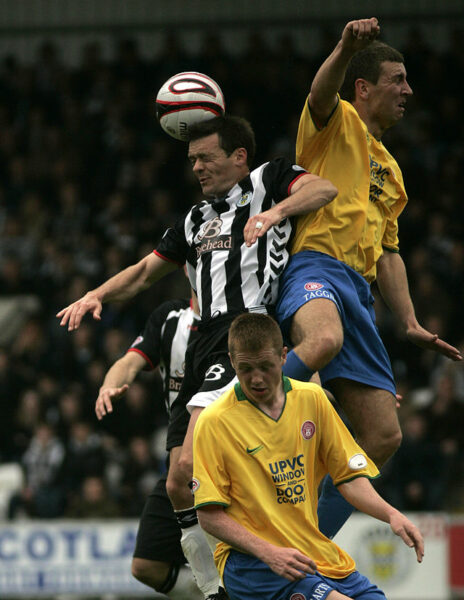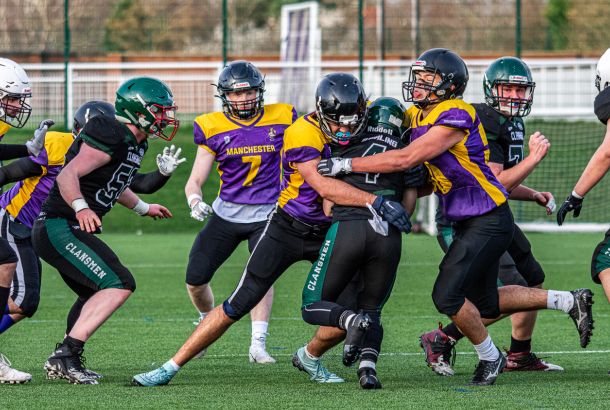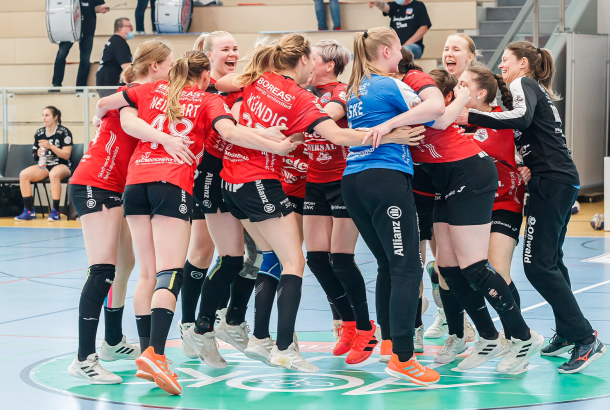No more heading the ball: The health hazards of the beautiful game
By Emma Breslin

Scottish football has introduced some of the most stringent guidelines in the world, setting a limit on the amount of time that a player can head the ball. But what are the links between heading and brain damage?
New guidelines have been implemented since the end of November. Professional footballers in Scotland are to be banned from heading the ball in training the day before and the day after a game. Clubs are also being told to limit the number of exercises that involve heading the ball to “one session per week.”
The introduction of these new guidelines was initiated following a conference at Glasgow University, revealing research that showed former footballers were 3.5 times more likely to die from brain disease and neurodegenerative diseases, such as dementia. The study does not explain the cause of the increased risk, but it does explicitly designate heading the ball, and subsequent head injury, as ‘contributory factors.’
The Scottish Football Association (SFA) had previously introduced guidelines limiting heading in children’s and youth football in 2020 but expanded these to include professional and amateur clubs. Following consultation with 50 clubs across the professional men’s and women’s games in Scotland, 70% of people were supportive of introducing new measures to limit heading, and 64% of professional players “believed heading should be limited in training.”
Scotland has always been very vocal in preventing any risks of brain injury or damage across all sports. It was the first country in the world to have a single set of “concussion guidelines for all sports,” with the ‘If in doubt, sit them out’ campaign.
Others soon followed after Scotland’s initiative. FA in England introduced guidelines for clubs that limits players to ten ‘high impact’ headers a week during training.

Links between head injury and neurodegenerative disease
John MacLean, the SFA’s chief medical consultant, said “while the research continues to develop, what we already know about heading and its effects on the brain suggests that there is measurable memory impairment lasting 24 to 48 hours following a series of headers and that brain-related protein can be detected in blood samples for a short time after heading.”
There is a profound number of players who have been recognised as suffering from dementia due to the “excessive amount of heading during their playing careers.” These include Celtic captain Bill McNeill, former England World Cup winner, and Republic of Ireland manager, Jack Charlton.
Concussions are a common head injury that happens to football players. A concussion happens when your head is hit extremely hard, and it is a type of “traumatic brain injury.” Approximately 22% of all injuries in football are concussions. Symptoms of concussions vary from headaches, memory loss, confusion, dizziness, nausea, and balance problems.
Subconcussive injuries are also frequent in football. This is when a person’s head is hit with a strong force, but unlike concussion, it is not severe enough to cause ‘obvious symptoms.’ However, the accumulation of more and more subconcussive head injuries over time can lead to severe cases of head trauma and brain damage.
This repetitive head trauma is associated with “chronic traumatic encephalopathy (CTE), a progressive neurodegenerative disease.” A person is more likely to experience CTE when they are more exposed to excessive head injury over a sustained period of time. Symptoms of CTE include impulsive behavior, memory loss, impaired attention, and poor self-control.

What does this mean?
Heading the ball has always been and will remain a significant part of competitive football, with some players suggesting that it will be hard to alter their ‘natural instincts’ to head the ball in games and training. With increased monitoring of training routines, football clubs will have to restructure their training plans and set pieces.
Hibernian L.F.C defender Joelle Murray told BBC Scotland that she supported the guidelines, but was worried that they would be a disruption to the success of the game. !You don’t want players to get out of that natural habit, that natural instinct of heading the ball. You wouldn’t want that to impact those scenarios on a match day so it’s trying to find the right balance.”
Luke Griggs, interim chief executive at brain injury charity Headway, said: “The new guidelines are a positive step forwards in terms of how football protects the brain health of players. Football has traditionally been fearful of change, so this willingness to evolve protocols and adapt to emerging research is a welcome development.”
Advancements in research and the overall recognition of the seriousness of head injuries continue to be fundamental to reducing health risks to professional and amateur football players. Continued research must be done to ensure that the effects of head injuries can be reduced as much as possible even though this may mean significant changes to the game itself.







